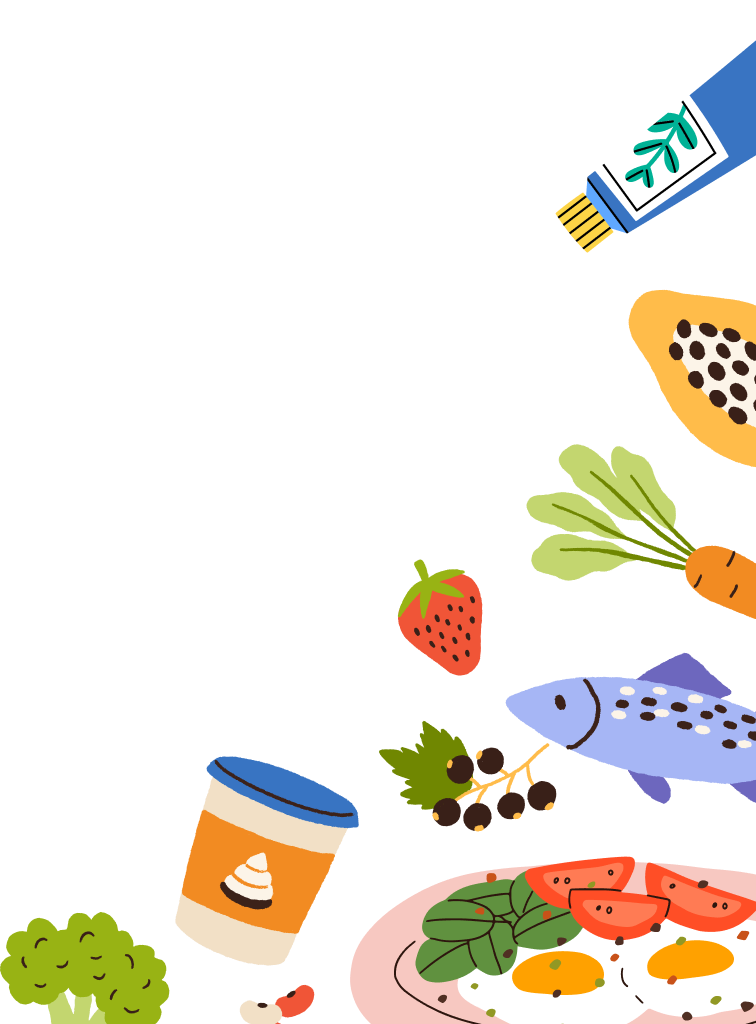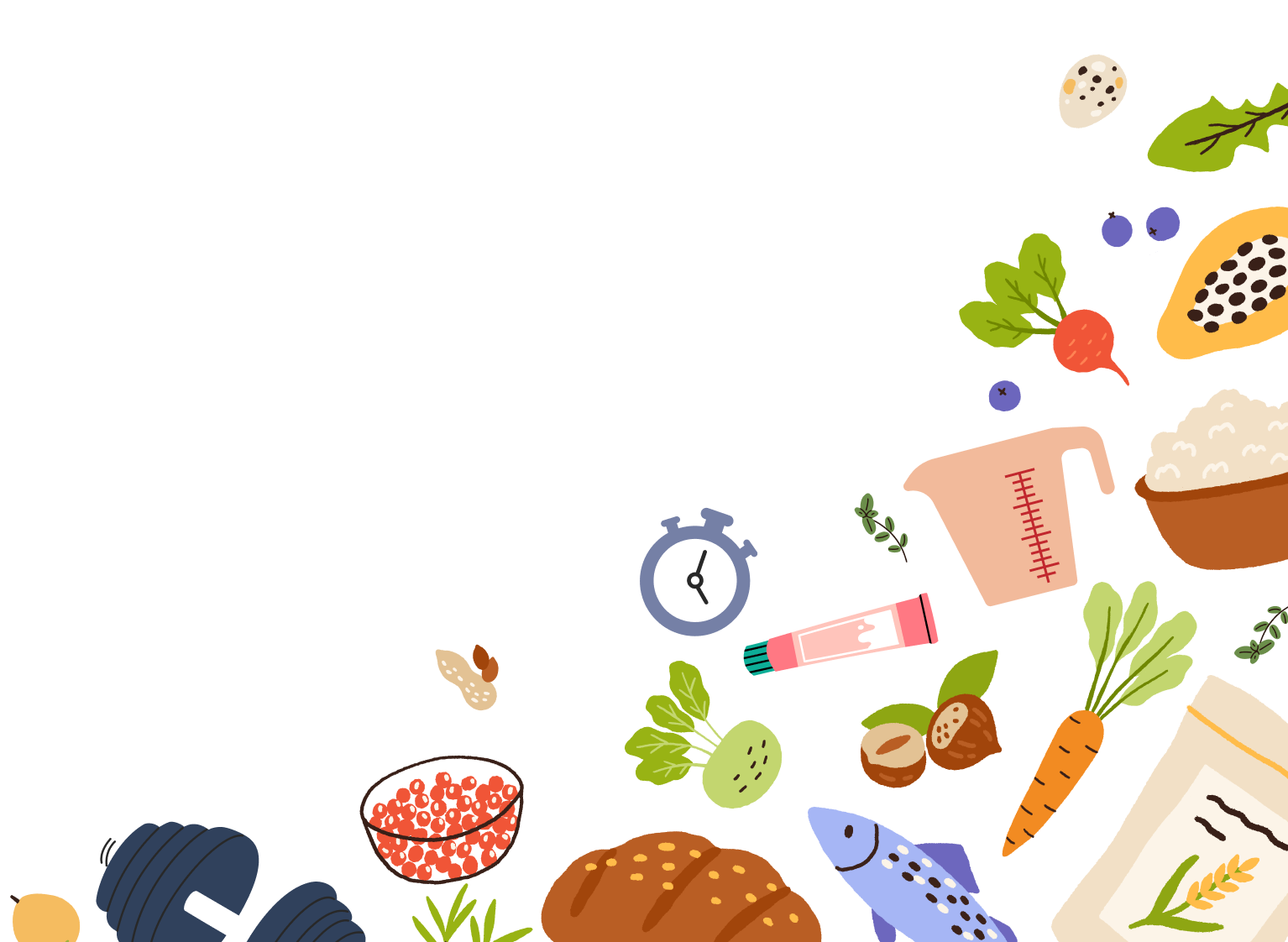The Surprising Health Benefits of Sweet Corn—and How to Use the Whole Cob
The Nutritional Powerhouse: Sweet Corn Benefits Beyond Flavor
Corn is an excellent high fiber, low glycemic-index vegetable that is perfect during the summer for those fun barbeque get-togethers! It is also highly versatile and can be used to create other foods like cereals, tortillas, grits, and bread; however, it is most beneficial in its whole form- right off the cob!
Corn is a great source of multiple vitamins and minerals, including vitamins C and B, such as thiamine, niacin, and folate. It is also rich in magnesium, potassium, and phosphorus. It also contains some antioxidants like lutein and zeaxanthin, which are great for supporting eye health!
Sweet Corn and Digestive Health: A Closer Look
Constipation is not a fun problem to have. The good news is that corn is considered a high insoluble fiber food, meaning it will add bulk to stool, which helps promote movement through the GI tract and allows for ease of defecation, especially in constipation. Just be cautious, eating too much corn could contribute to increased gas and bloating, which may make GI symptoms more uncomfortable. Try corn in small portions to see if that is better tolerated.
Have you ever noticed corn in your stool? That is because your body only breaks down and digests the inside part of the kernel, where all the vitamins and minerals are. The outside skin is made of cellulose, which our bodies cannot digest. Instead, this provides great food for the gut microbiome to ferment, promoting healthy gut bacteria growth. An increase in good bacteria allows for higher digestion and absorption of good nutrients in the gut, which can reduce your chances of developing colorectal cancer.
Incorporating Sweet Corn into Your Diet
You can cook corn in so many different ways! One of my favorite ways is to use seasonings like garlic, pepper, paprika, and onion powder. First, brush some avocado oil over the corn and lightly season with the above seasonings to coat the cob. Then grill either on your outside grill or a cast iron until cooked. You can even shave the kernels off the cob and season them the same way. Sauté them in a pan with oil or roast them in the oven.
Corn is also a great topping on salads and soups! It can be a topping on a fiesta-style salad with grilled chicken or on top of a salad with grilled steak and blue cheese. Another great option is using it as a topping on top of a warm soup or cool tomato gazpacho.
Beyond the Kernel: Utilizing the Whole Cob
So, corn silk? This is the part of the corn that most people throw away and curse beneath their breath because, no matter what, it gets stuck in your teeth and all over you. However, other cultures have used corn silk for centuries as an herbal remedy for urinary health, lowering blood sugar and cholesterol levels, and even fighting inflammation. So, how is this best used? You can dry out the silk strands and grind them up to form a powder to sprinkle over foods, or you can buy corn silk supplements for the added benefit.
Don’t throw away corn husks! You can use them for mulch, compost, and even a fire starter for your next bonfire. You can cook with them too! You can use them as a wrapper, like in dishes like tamales, or add them to soups/stocks for an earthy flavor. People have also used husks to create baskets and dolls.
Please feel free to share your favorite ways to use corn in dishes! If you’ve ever tried corn silk or used husks for other purposes, we’d love your feedback in the comments section below!
-
Cleveland Clinic. (2025, April 22). Eat corn silk?! yes, you can!. Cleveland Clinic. https://health.clevelandclinic.org/benefits-of-corn-silk
-
Cleveland Clinic. (2025, April 22). Is corn good for you?. Cleveland Clinic. https://health.clevelandclinic.org/benefits-of-corn
-
Link, K. (2023, June 28). How to use corn cobs, silk and husks. FoodPrint. https://foodprint.org/blog/how-to-use-corn-husks-cobs/
-
Siyuan, S., Tong, L., & Liu, R. (2018). Corn phytochemicals and their health benefits. Food Science and Human Wellness, 7(3), 185–195. https://doi.org/10.1016/j.fshw.2018.09.003






















Comments
Join The Conversation...